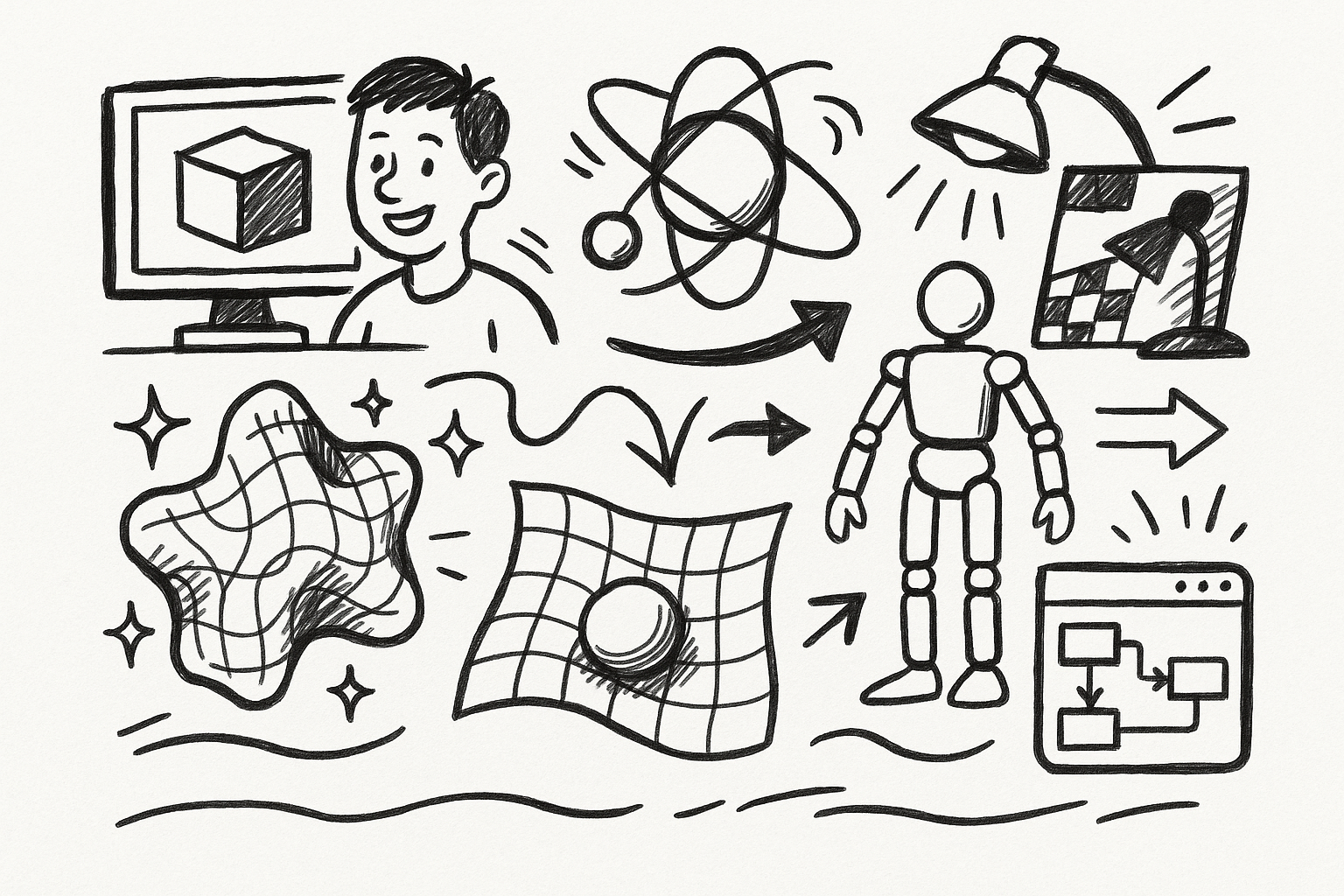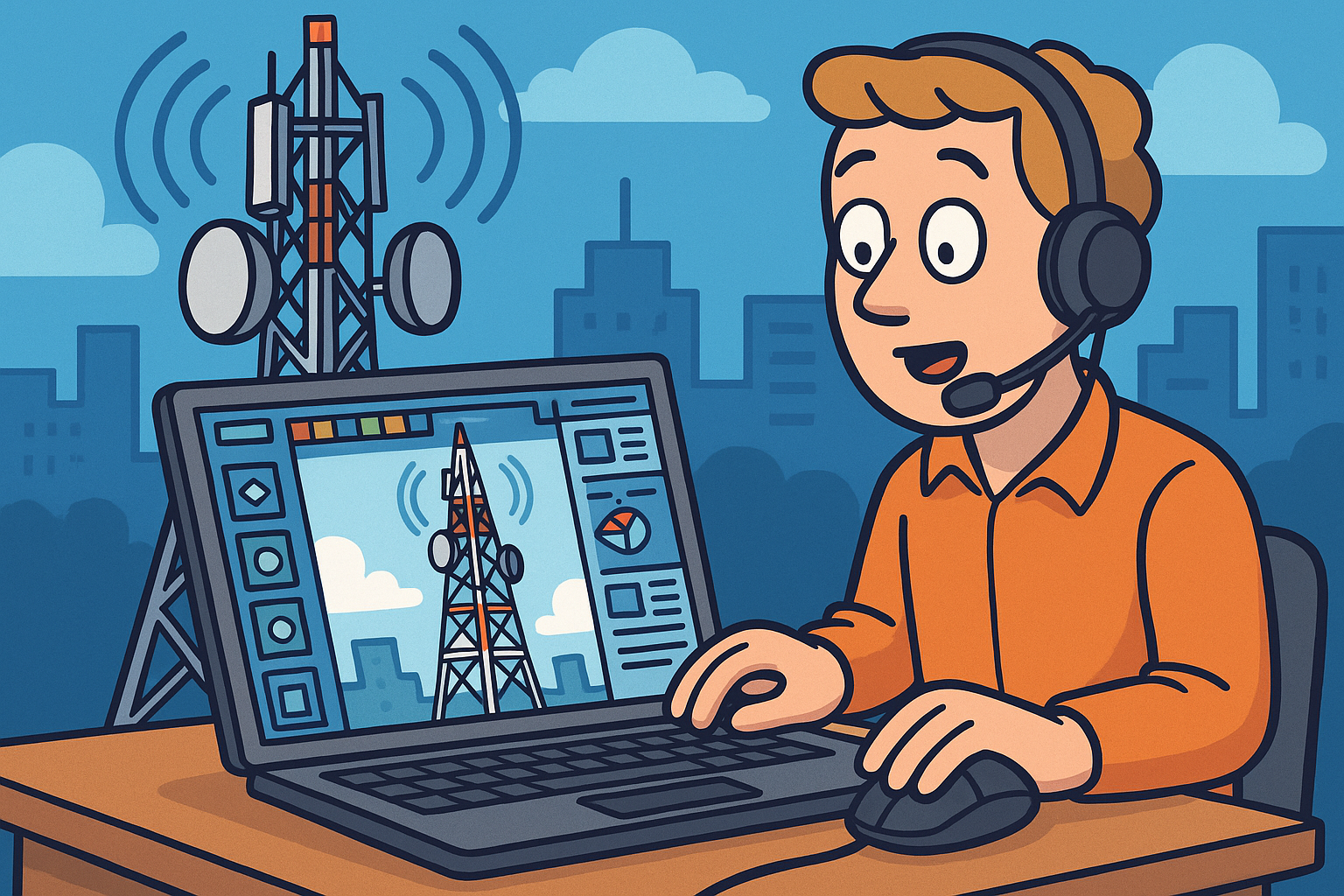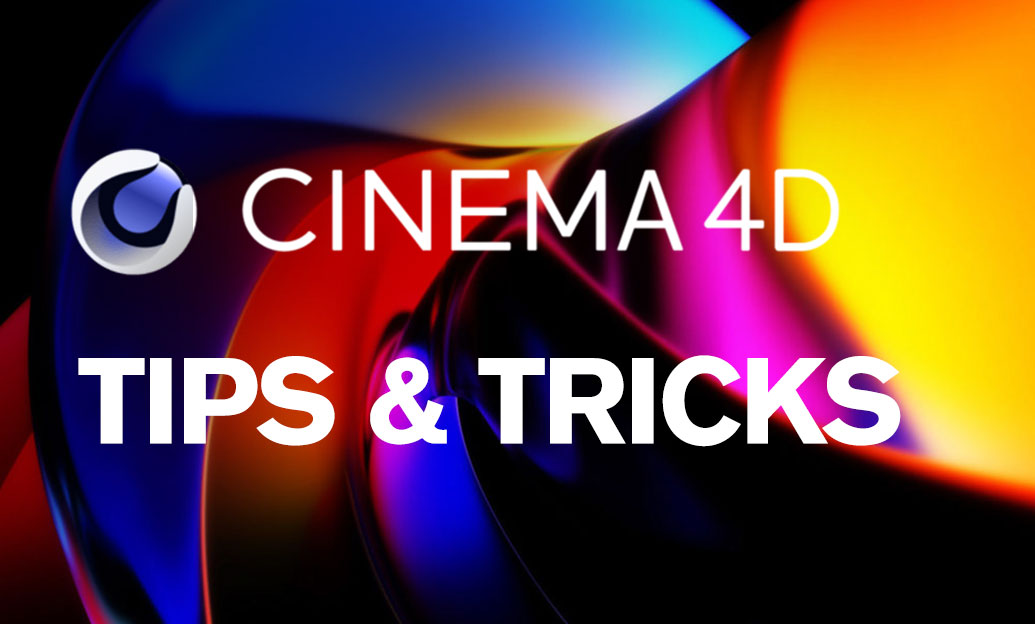Your Cart is Empty
Customer Testimonials
-
"Great customer service. The folks at Novedge were super helpful in navigating a somewhat complicated order including software upgrades and serial numbers in various stages of inactivity. They were friendly and helpful throughout the process.."
Ruben Ruckmark
"Quick & very helpful. We have been using Novedge for years and are very happy with their quick service when we need to make a purchase and excellent support resolving any issues."
Will Woodson
"Scott is the best. He reminds me about subscriptions dates, guides me in the correct direction for updates. He always responds promptly to me. He is literally the reason I continue to work with Novedge and will do so in the future."
Edward Mchugh
"Calvin Lok is “the man”. After my purchase of Sketchup 2021, he called me and provided step-by-step instructions to ease me through difficulties I was having with the setup of my new software."
Mike Borzage
ZBrush Tip: Optimizing ZBrush Best Preview Render for High-Quality Outputs
October 21, 2024 2 min read

When it comes to rendering high-quality images in ZBrush, the Best Preview Render (BPR) is an indispensable tool. BPR offers artists a robust rendering solution directly within ZBrush, allowing for detailed visualization of models with advanced lighting and material effects. Here’s how you can make the most of BPR for your projects:
- Setting Up Your Scene: Before hitting the render button, ensure your scene is well-prepared. Arrange your models and adjust the camera angle to showcase your work effectively. Proper positioning can significantly influence the final output.
- Materials and MatCaps: Experiment with different materials and MatCaps to find the best surface quality for your model. Materials affect how light interacts with your surfaces, and choosing the right one can elevate the realism of your render.
- Lighting Setup: Utilize ZBrush's LightCap feature to create custom lighting environments. Adjust light positions, intensities, and colors to add depth and mood to your render. Remember, lighting can transform your model’s appearance entirely.
- Shadow and AO Settings: Enable shadows and ambient occlusion (AO) for added realism. Adjust the shadow strength and AO intensity to enhance depth and detail, making sure they complement your lighting setup for the best effect.
- Subsurface Scattering: For organic models, like skin, activate subsurface scattering to mimic the way light penetrates and diffuses beneath the surface. This subtle effect can add significant realism to your renders.
- Render Passes: Take advantage of BPR's ability to produce multiple render passes, such as depth, shadow, and AO. These passes can be composited in external software to refine and enhance your final image.
- Detail Settings: Increase the detail settings to ensure fine textures and details are captured. However, keep an eye on render times; balancing quality and performance is key.
- Final Adjustments: After rendering, use ZBrush’s integrated filters to make last-minute adjustments. You can tweak color balance, contrast, and sharpness directly within the software to achieve the desired look.
By mastering BPR, artists can achieve stunning renders that highlight the intricacies of their digital sculptures. Remember that practice and experimentation are crucial in understanding how different settings impact your final image. For more tips and professional advice on using ZBrush, explore resources from NOVEDGE, your trusted partner in digital design solutions.
You can find all the ZBrush products on the NOVEDGE web site at this page.
Also in Design News

Revolutionizing 3D Design: Exploring Five Groundbreaking Innovations in Cinema 4D
August 31, 2025 4 min read
Read More
Revolutionizing Telecommunications: The Rise of Advanced Design Software
August 31, 2025 16 min read
Read More
Cinema 4D Tip: Optimizing 2D Matte Integration with Projection Man in Cinema 4D
August 31, 2025 3 min read
Read MoreSubscribe
Sign up to get the latest on sales, new releases and more …


